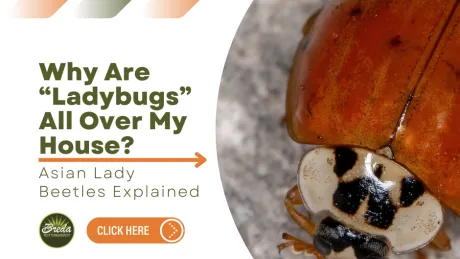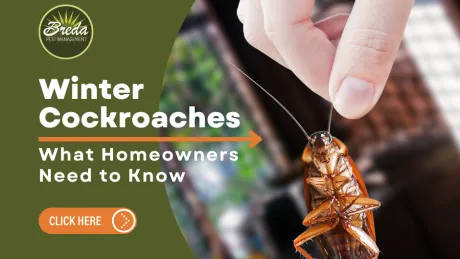Squirrels and roof rats are experts at squeezing through small crevices and chewing through tough materials. Without the proper preparation, your attic can become the perfect home for unwanted wildlife. This post will give you some helpful information on these critters and give you some practical steps to guard your roof against invaders.
Grey Squirrels
Squirrels have always been a seemingly constant part of Georgian's daily lives. The type of squirrel you are probably most familiar with is the Grey Squirrel. These guys breed twice a year; between December-February and May-June with generally 2-4 young per litter. Adult size is usually reached at about 9 months of age. Of course, they feed on nuts, as well as flowers and buds of various species of oak, pecan, hickory, walnut, and beech trees. During warmer months, eastern grey squirrels have their peak activity time typically 2 hours after sunrise and 2-5 hours before sunset to avoid the heat of the sun. During the winter, however, they peak just 2-4 hours before sunset.
Flying Squirrels
Flying squirrels are quite similar to grey squirrels; they feed on the same types of foods. However, flying squirrels are nocturnal and have a keen sense of smell, which allows them to find food at night. They mate in February and March. These creatures don't actually fly like birds, but rather glide - up to 90 meters.
These furry guys are quite important ecological members; they help disperse seeds and fungal spores and have their part in the forest food chain. They are hosts for ticks, fleas, life, and roundworms. Unfortunately, squirrels can find a home in the attics or exterior suburban houses and can be regarded as fire hazards due to their tendency to gnaw on electric cables. They can get through holes as small as two inches and jump (or glide) about 5 feet from tree branches to your house.
Roof Rats
Squirrels aren't the only furry creatures that take residence in homes. Roof rats prefer to nest in upper levels of houses, such as attics and ceilings. These rats are dark brownish-black and measure 13-18 inches long. Like squirrels, these rats are omnivorous but prefer fruit, plants, and seeds. Roof rats can spread disease - probably not the black plague, luckily, but can transmit diseases like Hantavirus by contaminating food with urine or feces or biting people. They cause similar damage as squirrels by gnawing and damaging the structure of your roof. Night hours and cold months are usually when they are most active.
Protecting Your Home
There are three ways to prevent and control your roof: removing food sources, preventing entry into your home, and trapping them.
Preventing entry into your home - Trim branches near your roof to keep squirrels and rats from leaping onto your roof, and repair cracks in your walls. Sealing any small spaces or vents with durable steel will help keep wildlife out.
Trapping wildlife - If you already have pests living in your attic, cage traps can help you catch your critters, and get rid of them without hurting the animals. It is risky to use poison because you can risk having a dead squirrel in your house and the resulting odor. Breda uses traps, nontoxic bait, and the "Trap-Alert system," with GPS and wireless technology, to send notifications about trapped squirrels. We trap the squirrels, repair entry points, and clean up droppings and nest materials.
Removing food sources - Get rid of bird feeders that can serve as a source of food for squirrels. Also, if possible, avoid planting oak or hickory trees in your yard to cut down on the amount of acorns. Cover up your garden with 1/2 inch square mesh, or even electric fencing to keep squirrels out.
For more information about wildlife exclusion, download our guide:



